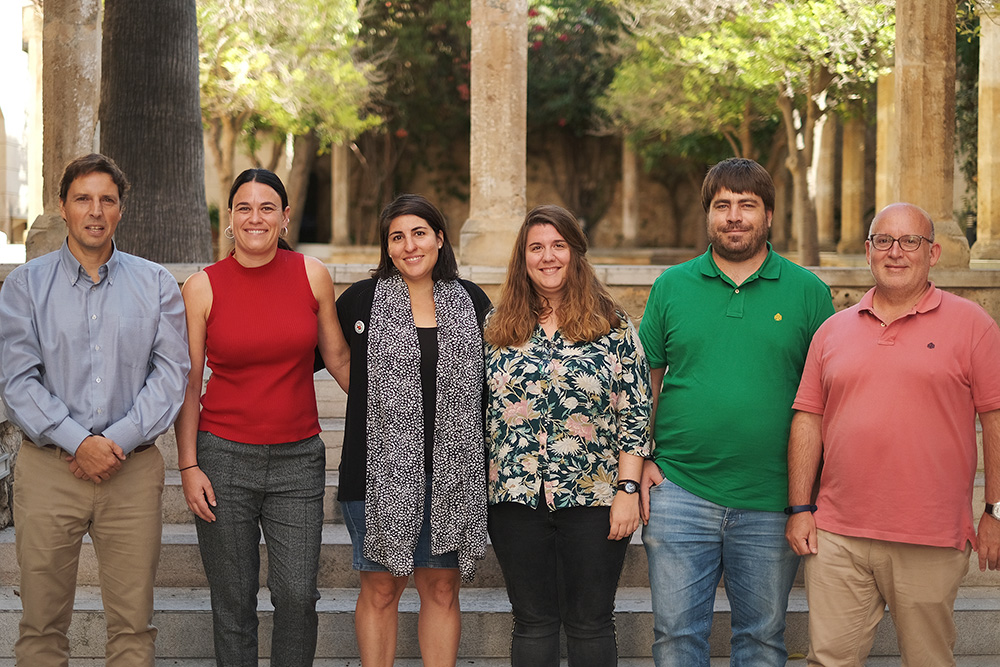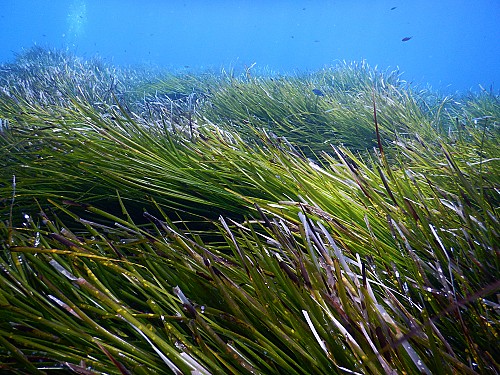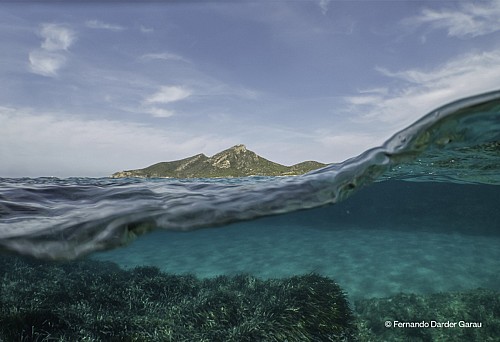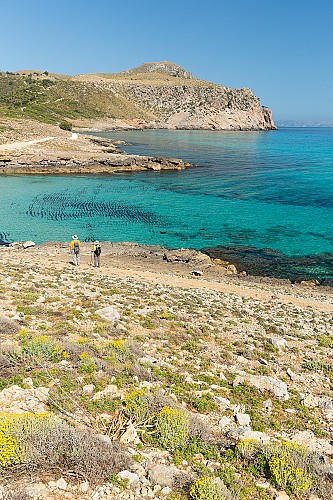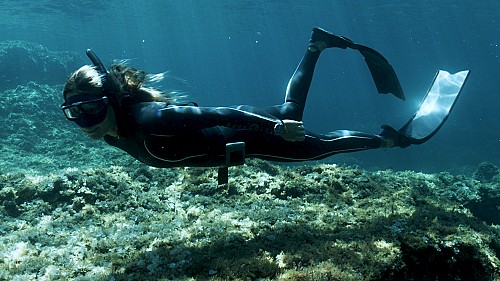Related project
New unified maps of the Balearic sea bed are essential for improving management and conservation.
For the first time all existing maps have been unified. The information will be available to the public and will help in the management of habitats and species in the Balearic sea, as well as marine planning.
The Observatorio Socioambiental de Menorca (OBSAM), the Societat d’Història Natural de Balears (SHNB) and the Fundación Marilles present a new map of the Balearic Isles sea bed and its current state of conservation.
Palma, October 8, 2019 – The state of conservation of 57% of the mapped area is known but only 17% present habitats in a favourable state of conservation. The study throws into relief the gaps in information and identifies priority areas where more effort needs to be put into map-making and assessment of the state of the environment.
The new maps show 55 marine habitats and cover an area of 4,395,95 km2 of the sea bed. This amounts to almost all of the coastal area from 0 to 50m, and 100m in the Canal de Mallorca and a depth of 400m in the Canal de Menorca.
The area mapped represents 40% of the Balearics continental shelf (0-200m) and 22% of the area 0-700m around the Balearic archipelago.
OBSAM coordinated the project and was responsible for Menorca and Pitiusas, with the SHNB responsible for Mallorca. The Fundación Marilles donated€30,000 towards financing the project.
Consult the new cartography of the Balearic seabed and the map viewer.
OBSAM’s Eva Marsinyac says:“The mapping is a very useful tool for managing the marine environment and for zoning and ordering marine activities.” She emphasised that“although our knowledge of the marine environment has improved, there is still so much to learn about its hidden marvels. There are many more than appear in the mapping because it’s been done on a scale that makes it impossible to see all of the habitats of the Balearic Isles.”
According to Laura del Valle of the SHNB:“We have some unique marine ecosystems with native species of plants and animals that are not found anywhere else on Earth. These ecosystems of irreplaceable treasures are a key part of our sustenance, economy and identity.”
Aniol Esteban, director of the Fundación Marilles, commented: “The mosaic of marine habitats on the Balearics forms the basis of the economy and well-being of its citizens. A good map of habitats and knowledge of their condition is the keystone that allows us to advance towards better conservation of this natural marine capital. Many goods and services derive from it. There’s still a lot to do, but this is a start.”

